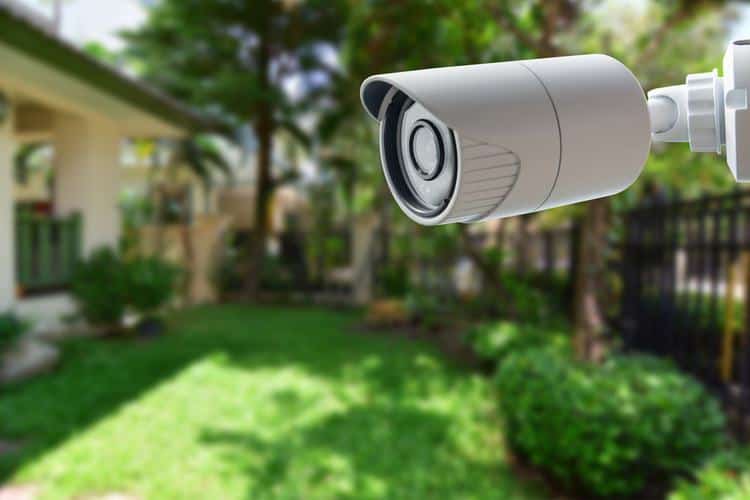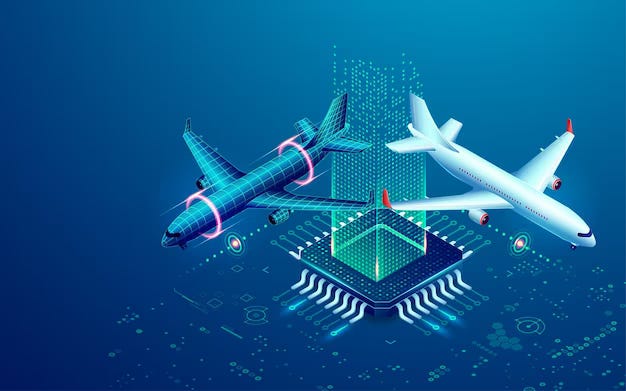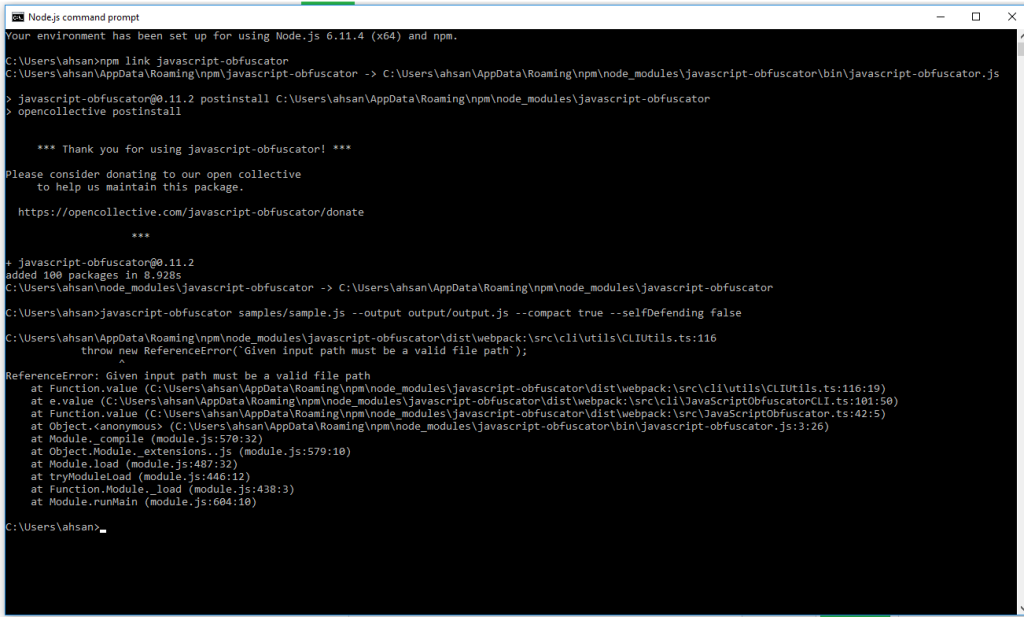Access Control Systems: Tailoring Security to Business Needs
Access control systems have become essential in securing businesses by restricting unauthorized access to sensitive areas, data, and assets. These systems play a critical role in managing who can enter specific areas within a facility, interact with certain systems, or access particular information. With the increase in security threats and regulatory requirements, tailoring these systems to the specific needs of a business is crucial for both protection and efficiency. Organizations, regardless of their size or industry, must carefully design their access control strategies to align with their unique operations and risk profiles. A major advantage of access control systems is their ability to be customized to fit the specific security needs of an organization. For example, small businesses may require simpler systems with basic functionalities like key cards or pin codes, while larger organizations might need more advanced solutions that incorporate biometric identification, mobile access, or multi-factor authentication. The customization of these systems ensures that businesses can implement security measures that not only address potential threats but also improve the overall efficiency of their operations.

Tailoring access control systems can significantly enhance security by focusing on the specific vulnerabilities and requirements of a business. For instance, in industries where intellectual property is valuable, restricting access to certain areas within a building or specific digital systems becomes a priority. In contrast, companies with high employee turnover may prioritize ease of access for personnel without compromising security. By analyzing these needs and understanding the different levels of risk, businesses can implement systems that provide the right balance of protection without hindering workflow or daily operations. Moreover, the integration of access control systems with other security measures, such as surveillance cameras, alarm systems, or environmental controls, can further enhance their effectiveness. This combination enables businesses to monitor real-time activities within and around a facility, detect any anomalies, and trigger alerts if an unauthorized attempt to access restricted areas is detected.
For example, a door access system could be tied to a security camera, allowing security personnel to verify the identity of anyone trying to enter a restricted area, offering an additional layer of protection. Another important consideration when tailoring access control systems is scalability. As businesses grow, their security needs will evolve. A system that is scalable can be easily upgraded or expanded to accommodate changes in personnel, facilities, or technological advancements. This scalability ensures that businesses do not need to overhaul their entire security infrastructure as they grow, saving both time and money in the long run. Furthermore, ease of use and user training are key elements when deploying an access control system. A system that is overly complicated or difficult to operate can create inefficiencies and increase the risk of security breaches. Ensuring that all employees are properly trained on how to use the system will minimize the chances of mistakes or intentional bypasses, which could compromise security.






